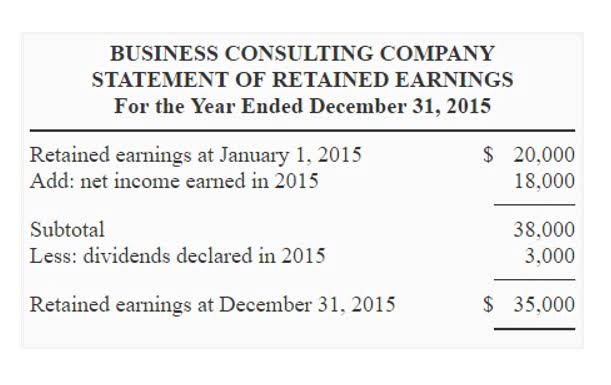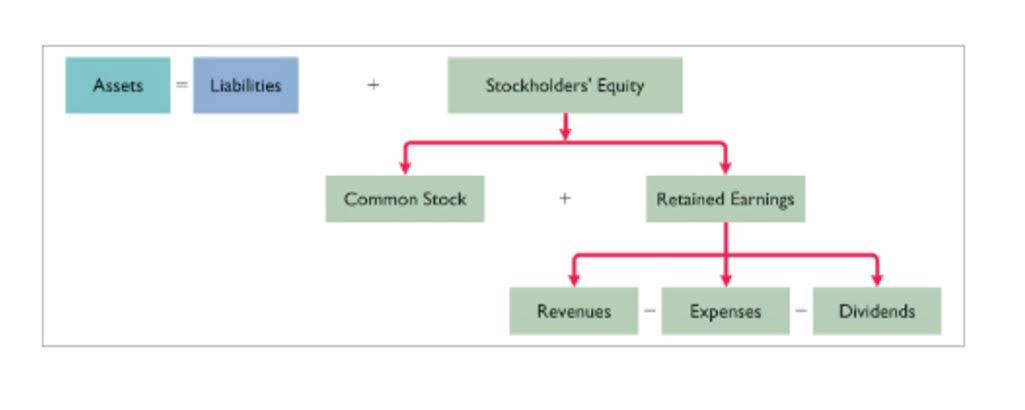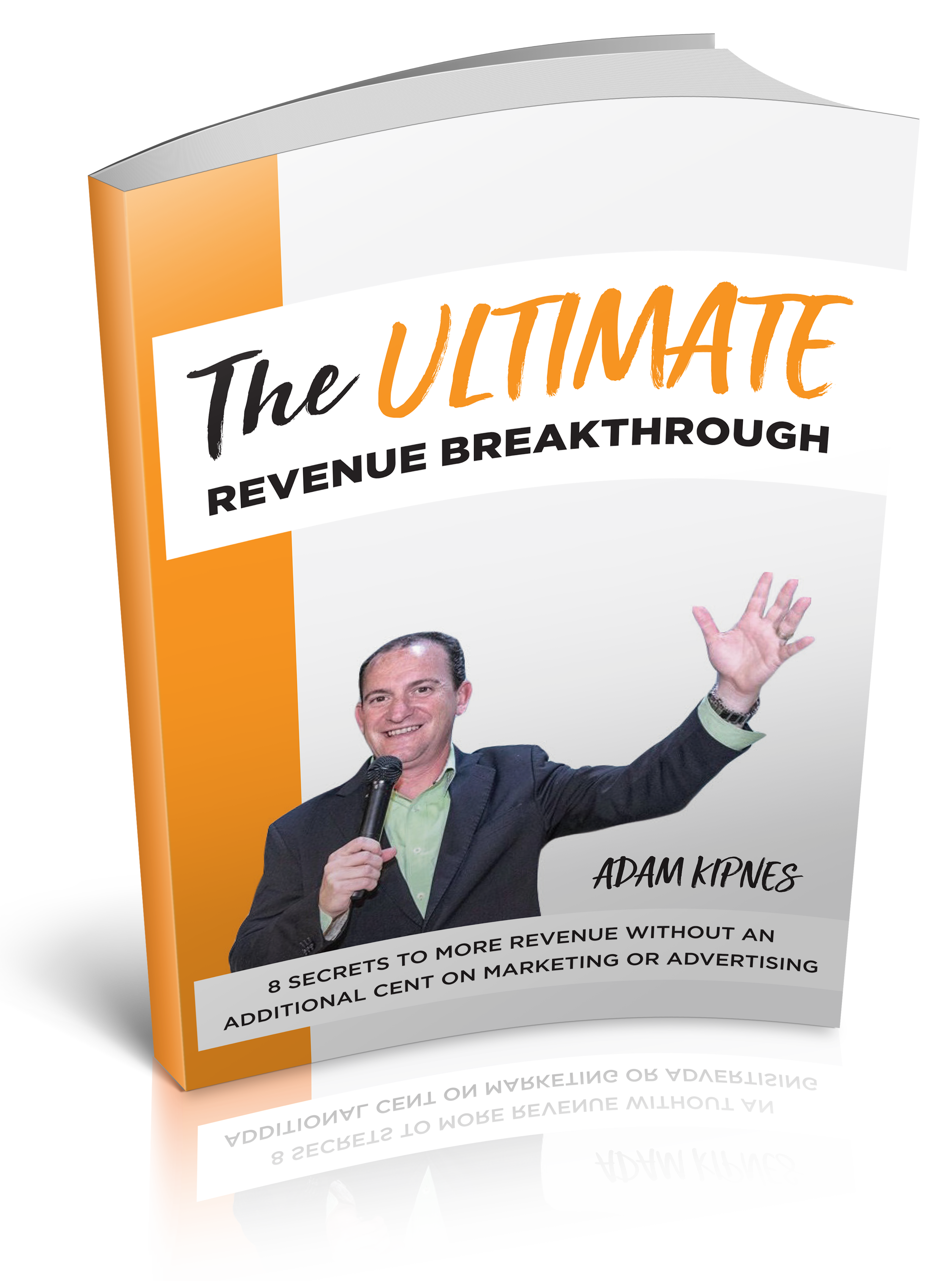
If you file Form 3115 and change from an impermissible method to a permissible method of accounting for depreciation, you can make a section 481(a) adjustment for any unclaimed or excess amount of allowable depreciation. The adjustment is the difference between the total depreciation actually deducted for the property and the total amount allowable prior to the year of change. If what is a depreciable asset no depreciation was deducted, the adjustment is the total depreciation allowable prior to the year of change. A negative section 481(a) adjustment results in a decrease in taxable income. It is taken into account in the year of change and is reported on your business tax returns as “other expenses.” A positive section 481(a) adjustment results in an increase in taxable income.
Units of production depreciation
- To help you get a sense of the depreciation rates for each method, and how they compare, let’s use the bouncy castle and create a 10-year depreciation schedule.
- The decisions that are made about how much depreciation to charge off are influenced by the accountant’s judgment.
- The amount an asset is depreciated in a given period of time is a representation of how much of that asset’s value has been used up.
- To figure your depreciation deduction, you must determine the basis of your property.
Finance Strategists has an advertising relationship with some of the companies included on this website. We may earn a commission when you click on a link or make a purchase through the links on our https://www.bookstime.com/ site. All of our content is based on objective analysis, and the opinions are our own. The concept of useful life represents the period beyond which it would not be practical to use an asset anymore.

Double declining balance depreciation

Capital expenditure is a fixed asset that is charged off as depreciation over a period of years. Depreciation accounting is a system of accounting that aims to distribute the cost (or other basic values) of tangible capital assets less its scrap value over the effective life of the asset. Thus, the cost of the asset is charged as an expense to the periods that benefit from the use of the asset. The part of the cost that is charged to operation during an accounting period is known as depreciation. Some settlement fees and closing costs can’t be included in your basis. These include fire insurance premiums, rent for tenancy of the property before closing, and charges connected to getting or refinancing a loan, including points, mortgage insurance premiums, credit report costs, and appraisal fees.
What Is Depreciation: Definition, Types, and Calculation

This method of depreciation allows a larger tax deduction in the early years of an asset and less in later years. Low-cost items with a short lifespan are recorded as business expenses. By allocating the cost of a purchased asset over the period of time when it is expected to be in use, businesses can deduct a smaller amount of the cost over several years instead of one large deduction in the year it was purchased.
- Report the inclusion amount figured (as described in the preceding discussions) as other income on the same form or schedule on which you took the deduction for your rental costs.
- Dean allocates the carryover amount to the cost of section 179 property placed in service in Dean’s sole proprietorship, and notes that allocation in the books and records.
- The depreciation allowance for the GAA in 2024 is $3,200 [($10,000 − $2,000) × 40% (0.40)].
- The Ascent, a Motley Fool service, does not cover all offers on the market.
- Fixed assets are considered to be long-term assets, so the presentation is after all current assets on the balance sheet (typically following the inventory line item).
- Those include features that add value to the property and are expected to last longer than a year.
The Formula for Depreciated Cost

Generally, you must get IRS approval to change your method of accounting. You must generally file Form 3115, Application for Change in Accounting Method, to request a change in your method of accounting for depreciation. You can file an amended return to correct the amount of depreciation claimed for any property in any of the following situations.
How Do You Calculate Depreciation Annually?
The existence of a fiduciary duty does not prevent the rise of potential conflicts of interest. We do not manage client funds or hold custody of assets, we help users connect with relevant financial advisors. For this reason, most small business owners will find that straight-line depreciation is the simplest method to use.
- Generally, if the property is listed in Table B-1, you use the recovery period shown in that table.
- Once you know which MACRS system applies, you can determine the recovery period for the property.
- Tara Corporation, a calendar year taxpayer, was incorporated on March 15.
- Accounting rules stipulate that physical, tangible assets (with exceptions for non-depreciable assets) are to be depreciated, while intangible assets are amortized.
- The special depreciation allowance is also 60% for certain specified plants bearing fruits and nuts planted or grafted after December 31, 2023, and before January 1, 2025.
- For fees and charges you cannot include in the basis of property, see Real Property in Pub.
How to Calculate Rental Property Depreciation
For qualified property other than listed property, enter the special depreciation allowance on Form 4562, Part II, line 14. For qualified property that is listed property, enter the special depreciation allowance on Form 4562, Part V, line 25. A corporation’s taxable income from its active conduct of any trade or business is its taxable income figured with the following changes.



